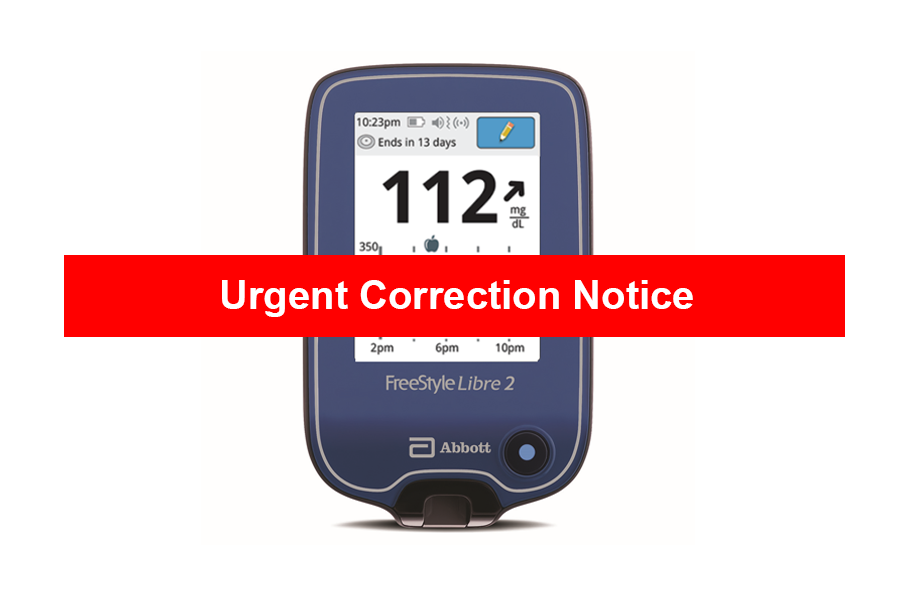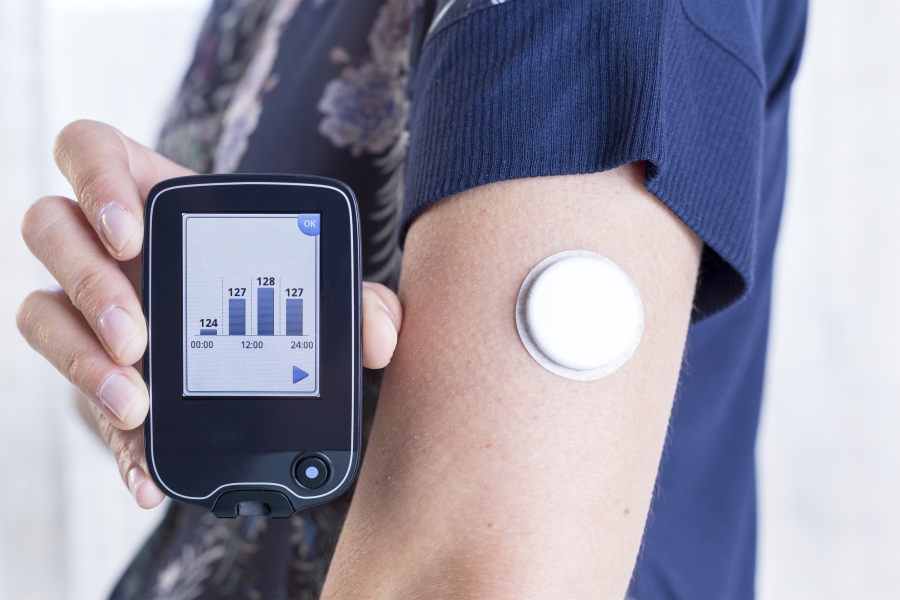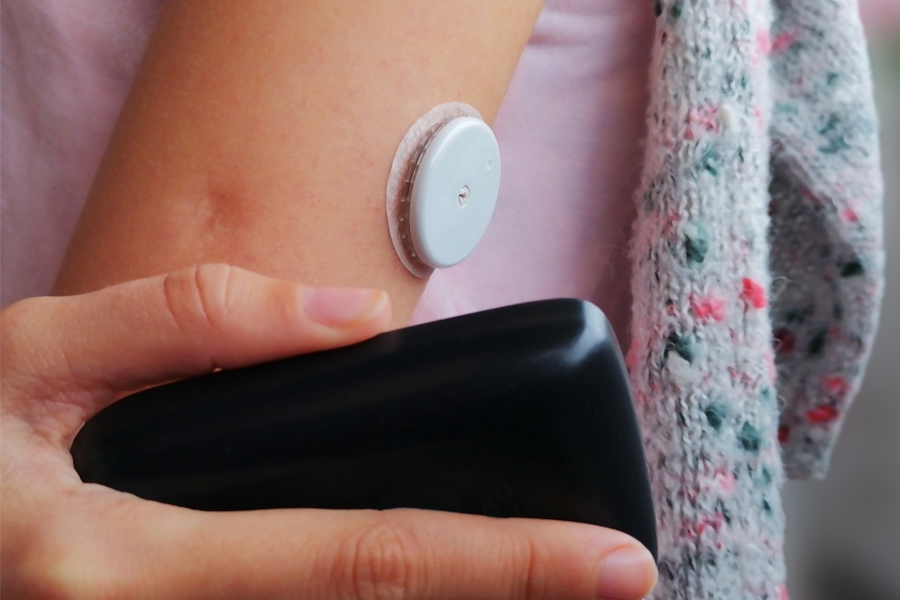If you have diabetes, you might be afraid to eat carb-containing foods. Even though you love bread, pasta, fruit, and rice, you might think they are off-limits since carbohydrates raise blood sugar. You want to take good care of yourself and do everything right, but at the same time, not eating your favorite foods makes you frustrated and disappointed.
With the popularity of diets like Keto and Atkins over the years, there’s been a lot of talk about how bad carbs are. However, the truth is that our bodies love carbs and depend on them for proper energy.
Carbs can absolutely be included in your eating pattern even if you have diabetes. The key is to pair them with other nutrients and to pay attention to which kind of carbohydrates you consume the majority of the time.
Understanding carbs and blood sugar
There are different types of carbs: simple and complex. Simple carbs include candy, soda, juice, and honey. They raise blood sugar quickly because of how fast the body digests them.
Complex carbohydrates include fruits, vegetables, legumes, and whole grains. They are digested more slowly, and as a result, don’t raise blood sugar as much as simple carbs do. Complex carbs also contain fiber, which promotes healthy bacteria growth in the gut, prevents constipation, and helps lower cholesterol.
Simple carbs are great for treating low blood sugar because of how quickly they are digested. If you eat this type of carbohydrate when your blood glucose isn’t low, it’s important to think about what you can add to your meal or snack to prevent a blood sugar spike.
Nutrients to pair with carbs for steady blood sugar
We’ve established that neither simple nor complex carbs are off-limits with diabetes. However, including fiber, protein, and fat in your meals and snacks is a powerful way to increase your chances of having stable blood glucose.
Fiber is found in foods like fruits, vegetables, nuts, and seeds. You can get protein from a variety of foods including meat, fish, eggs, and lentils. When it comes to consuming fat, look for sources of mono and polyunsaturated from foods like olives, avocado, salmon, nuts, and seeds.
Meal planning tips
A tool that can help ensure you’re eating the right balance of carbs, fat, and protein is the Diabetes Plate. When creating your plate, you’ll want half of it filled with non-starchy vegetables (anything besides potatoes, corn, peas, and squash), a quarter filled with lean protein, and a quarter containing carbohydrates.
If you eat combination foods such as casseroles, pizza, or sandwiches, think about where the different ingredients would fit on your plate. Don’t forget to add a side of veggies such as salad, carrots, or green beans to round out your meal!
Let’s say you really want some fresh-squeezed orange juice with your breakfast. Because it’s a simple carb, your blood sugar will rise rapidly if you drink it alone. Instead, you could add it to a hearty breakfast of eggs and a piece of avocado toast on whole wheat bread.
When it comes to dessert, consider eating it with or soon after a meal. The protein and fat from your meal will help slow down how quickly your food is digested, promoting balanced blood sugar.
As for beverages, choose ones like water, unsweetened tea, or unsweetened coffee most of the time so they don’t impact your blood sugar.
In addition to what you eat, it’s important to think about how often you eat. A general rule of thumb is to eat meals no more than six hours apart. You could have a snack between meals as well, such as an apple with peanut butter, cheese and whole grain crackers, a trail mix, or Greek yogurt topped with fruit.
In conclusion
Regardless of what you hear about carbs from your friend who loves Keto, our bodies rely on them as a source of energy, even with diabetes. The key is to choose complex carbs the majority of the time while pairing them with fat, fiber, and protein for stable blood sugar.
Use tools that can help make meal planning easier, such as the Diabetes Plate, and consider when you can eat throughout the day based on your schedule. Don’t forget to add snacks, especially if there will be a large gap between meals.
If you are looking for supplies to make diabetes management easier, check out Shield HealthCare’s diabetes supply page to find the right ones for you!
Kourtney Johnson, Registered Dietitian
Owner of Intuitively Nourished and Type 1 Diabetes patient since age 11















